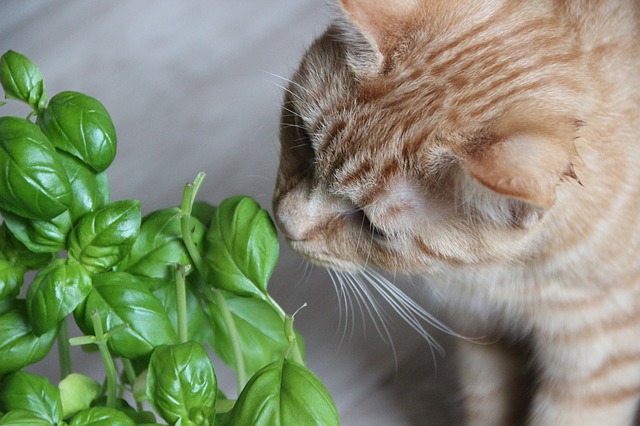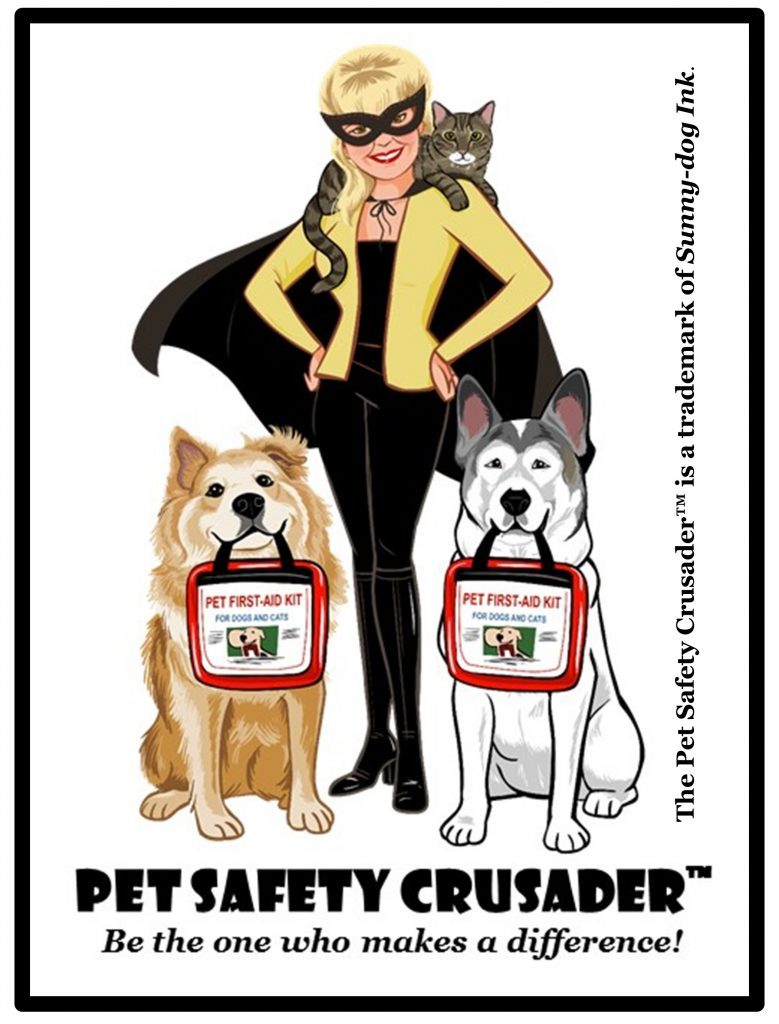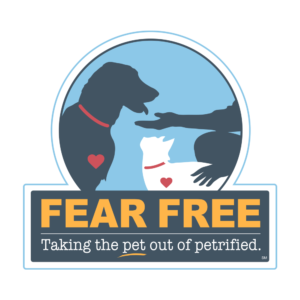
Many popular houseplants, especially those known for being easy to care for, are also extremely toxic to our small furry housemates, particularly if our pets love to snack on plants.
Here is a list of a few of the most popular houseplants for green-thumbed pet owners and the symptoms if they are eaten:
Tulips: A favorite around springtime and Mother’s Day, tulips are also a highly toxic plant, especially the bulb. While your pet wouldn’t normally chow down on a tulip bulb since it is below the surface, pets who like to dig may be tempted. Cats and dogs may also have toxic reactions to eating the stem, flower and leaves depending on how much they ingest and how big your pet is. Vomiting, depression, diarrhea, and drooling are all symptoms of eating any part of this cheerful plant.
Lilies: Exactly how lilies are toxic to only cats and not dogs is still not well understood, so veterinarians warn that the entire plant is off limits to cat owners. Even the pollen of this sweet-smelling plant can cause symptoms of kidney damage in cats, so no lily in the home is considered safe. Dogs do not react to lilies, so if you are cat-free go ahead and stock up.
Aloe: Aloe vera has been showing up in many houses, both because it is a hardy houseplant and because it is featured in many homeopathic recipes. The problem is that aloe can be toxic due to a yellow, waxy layer of the aloe leaf which is easy to mistake for the edible (and beneficial) inner layer. This yellow substance is a natural stomach irritant, so it can cause vomiting and diarrhea and as well as death if enough is eaten and no treatment is given. If you come across a recipe that calls to give your cat or dog aloe (either applied to the skin or to eat) just skip over it and seek help from your vet.
English ivy: Another easy to care for plant, English ivy is loved for its hardy nature and gracefully trailing dark leaves. It is also toxic to both cats and dogs. The leaves and stems are the most commonly eaten part of this dangerous plant. As many home owners love to put this plant high up on shelves or ledges, your pet may not find them accessible to eat if they are out of reach. Use caution when keeping this pretty climber around your house. The symptoms of pets poisoned by this plant are vomiting, stomach pain, drooling and diarrhea.
Philodendron: This easy to care for house favorite has heart shaped leaves and a unique mechanism to make sure animals do not eat them. The leaves have calcium-based crystals which are released from the plant when they are chewed and can penetrate the soft tissue of the mouth and intestinal tract. Not quite as lethal as other plants on this list, philodendron can still cause vomiting, drooling, pain in the mouth as well as lack of appetite.
Jade: While this peaceful succulent is known for how easy it is to grow from cuttings, the leaves are also extremely toxic when eaten by either cats or dogs. As this plant is mostly leaves, choose to keep this Feng shui helper high on a shelf that your other pets cannot reach. Ingestion of this plant can cause vomiting, depression and lack of coordination.
Pothos: Also known as Devil’s Ivy, this is another plant known for trailing leaves and a hardy disposition. Unfortunately, it is also toxic to cats and dogs, especially if they are older and already in ill health. Pothos makes an excellent hanging plant, so it is possible to enjoy this greenery when high up and out of reach of your furry friends. Pothos causes pain and swelling of the mouth, drooling, vomiting and problems swallowing if ingested.
While this list is just a very small sampling of all the plants to look out for, the ASPCA has a wonderful resource where they provide a comprehensive list of both toxic and non-toxic plants for house pets. Always visit your veterinarian as soon as you suspect your pet may have eaten a toxic substance.
Do you have a favorite plant that is both non-toxic and easy to care for? Let us know about it in the comments!
Written by Lauren Pescarus

















